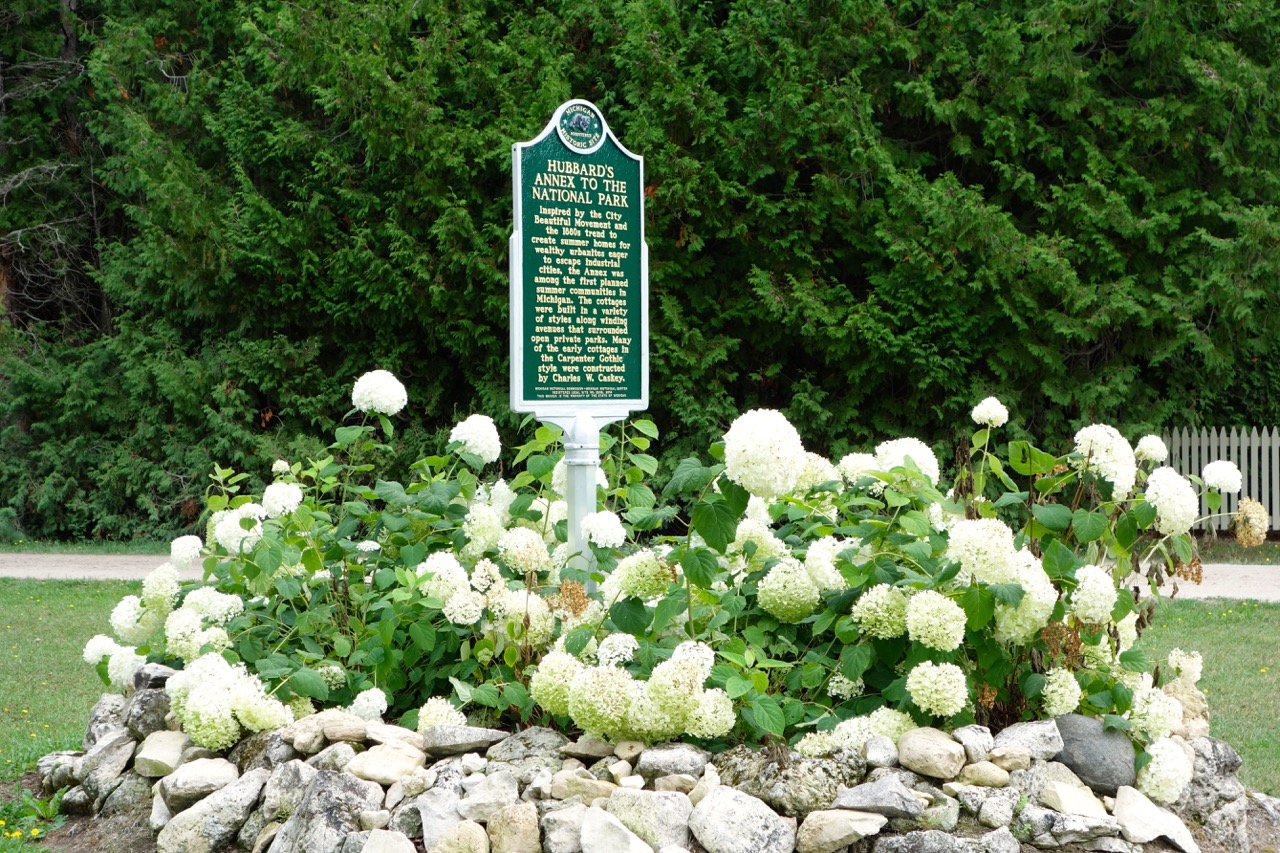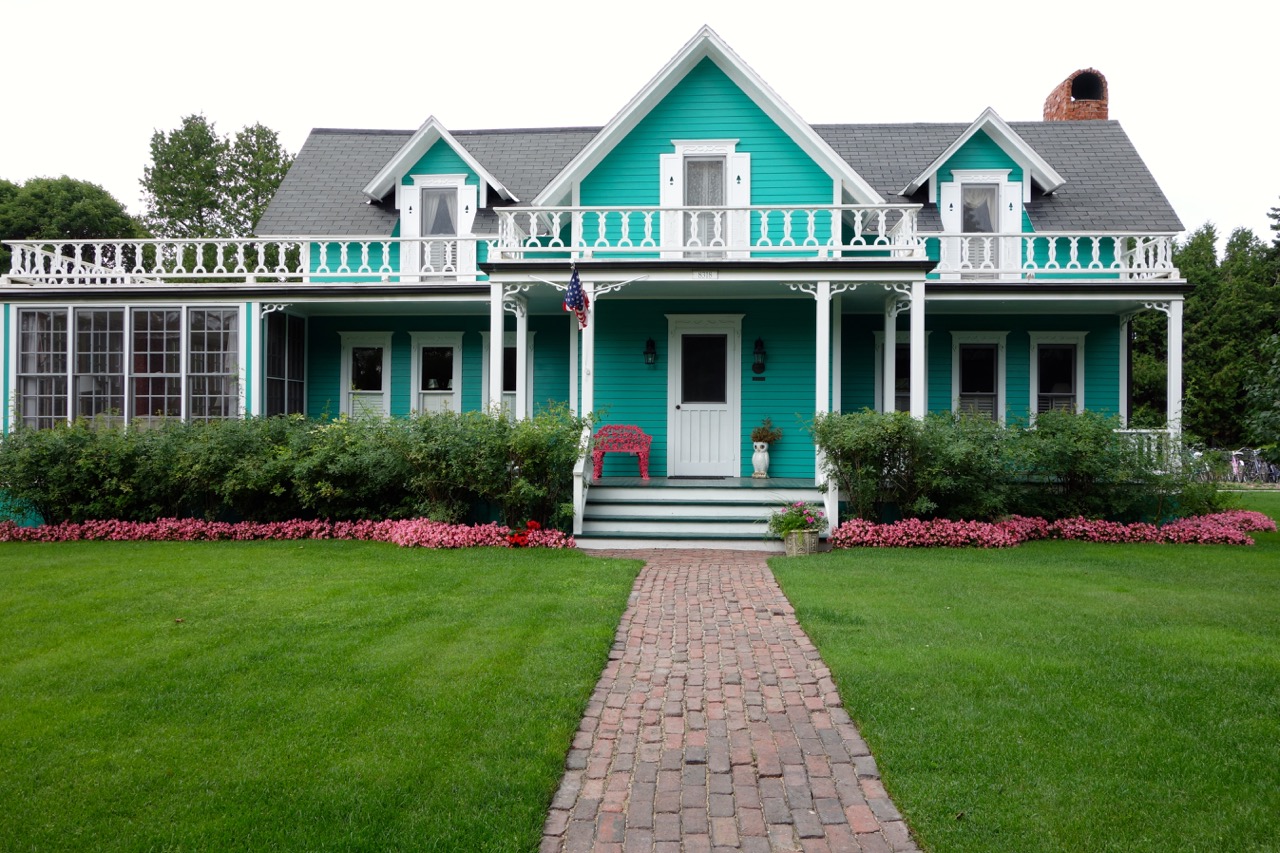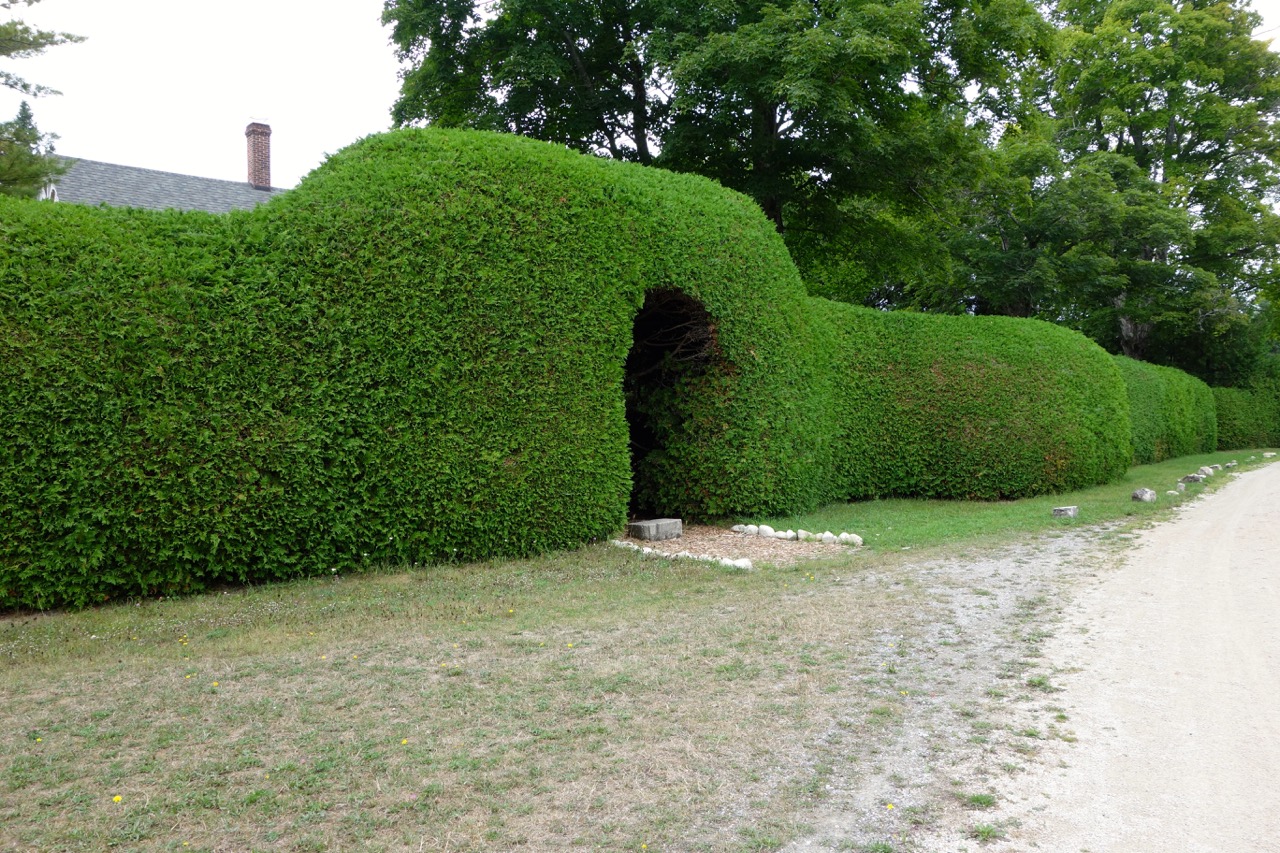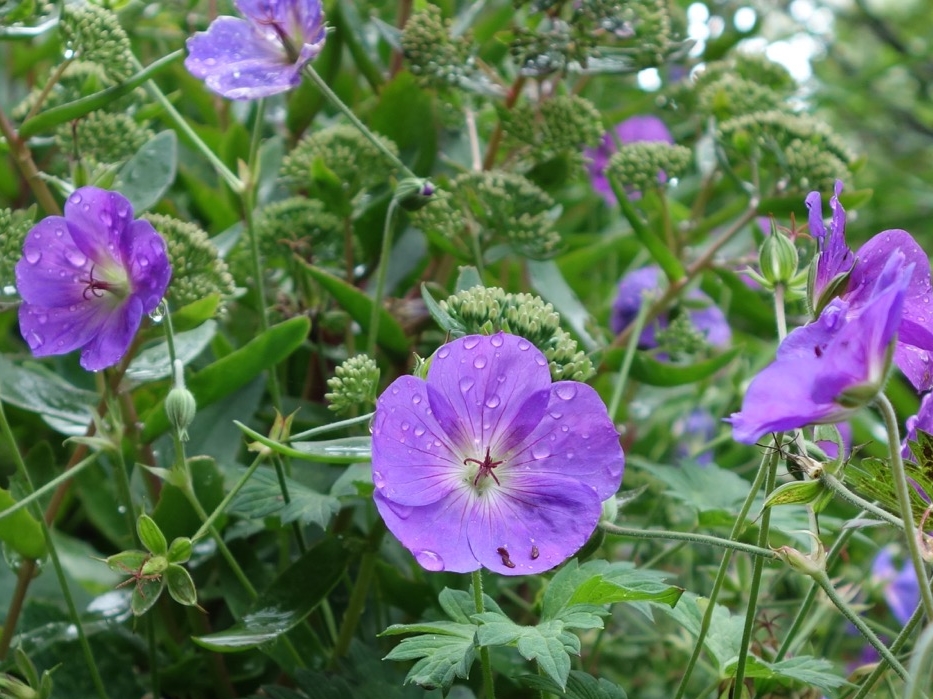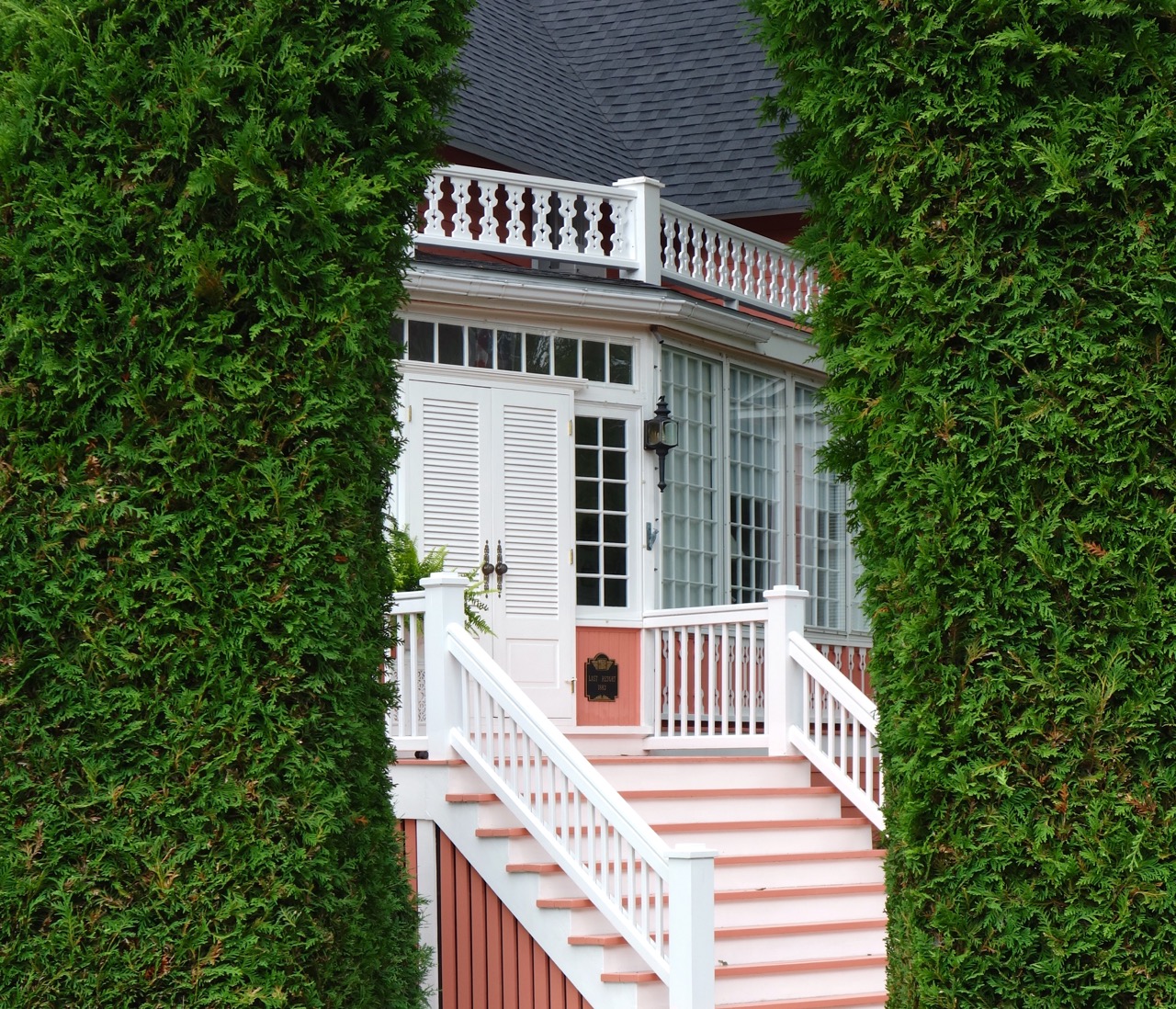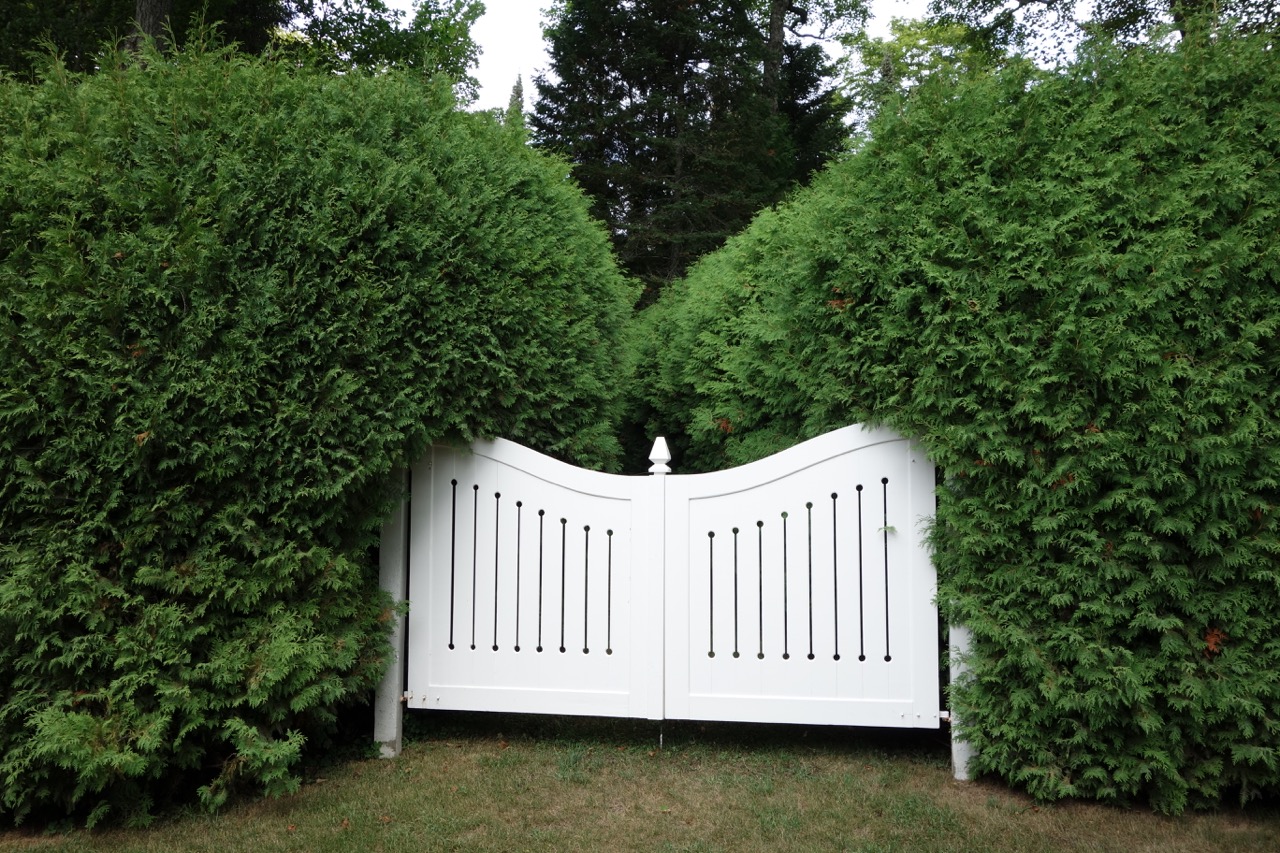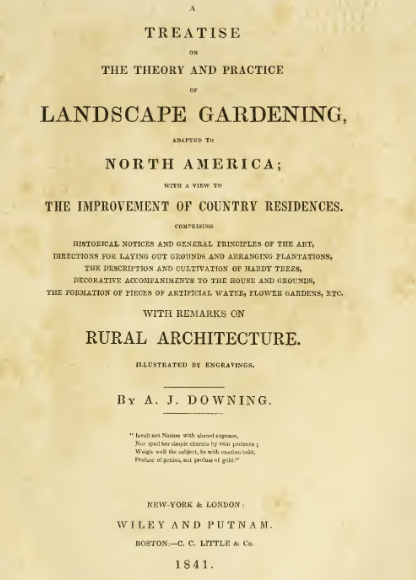This week marks the 200th anniversary of the birth of Andrew Jackson Downing.
Before HGTV, before Martha Stewart, before Better Homes and Gardens, there was Andrew Jackson Downing: tastemaker to nineteenth century America. Born in New York’s Hudson Valley, Downing took over the family nursery that served the country estates of New York society. Through his best selling books: A Treatise on the Theory and Practice of Landscape Gardening, The Architecture of Country Houses, and Cottage Residences, he taught Americans how to design good homes and gardens.
He wrote, “There are three excellent reasons why my countrymen should have good houses. The first is, because a good house is a powerful means of civilization. … With the perception of proportion, symmetry, order, and beauty… comes that refinement of manners which distinguishes a civilized from a coarse and brutal people. The second reason is, because the individual home has a great social value for a people. The third reason is, there is a moral influence in a country home – when, among an educated, truthful, and refined people, it is an echo of their moral character. …The mere sentiment of home, with its thousand associations, has, like a strong anchor, saved many a man from shipwreck in the storms of life.”
Most of Downing’s books were practical. They were a “must read” for anyone considering building a home. He included house and garden plans, interior decoration options, as well as warming and ventilation advice. And he got specific. Regarding house color, for example, he wrote, “white is a color that we think should never be used except upon buildings surrounded by trees, so as to prevent its glare, we would make it a fawn or drab color before using it.”
He taught readers how to talk about architecture, how to select from different styles, and how to arrange the garden. For the garden he recommended the picturesque style with winding paths, open lawns, and clusters of mature trees; and sections devoted to the orchard and vegetables.
One of the house styles and suggested floor plans prepared by Downing.
In A Treatise on the Theory and Practice of Landscape Gardening he wrote, “Landscape Gardening … [is about the] pleasing combination of the ... beauty in natural scenery: poetic expression in the babbling brook, the picturesque wood, or the peaceful sun-lit turf… The object of this art is to create in the grounds of a country residence a kind of polished scenery, producing a delightful effect, either by a species of studied and elegant design, in symmetrical or regular plantations: or by a combination of beautiful or picturesque forms, such as we behold in the most captivating passages of general nature.
Though Downing died in a tragic riverboat fire when he was just 36 years old, his style and approach lived on. Through his writings: his 1850 The Architecture of Country Houses went through 9 printings and sold over 16,000 copies. And through the people he mentored. Among these were Calvert Vaux, who moved from England to the US at Downing’s insistence, and Frederick Olmsted. Olmsted and Vaux’s winning design for New York City’s Central Park is full of Downing touches.
I couldn’t help thinking of Downing when I recently visited Hubbard’s Annex on Mackinac Island, Michigan. In 1855 Gordon Hubbard purchased the land to create a summer cottage community in the style suggested by Downing. Winding roads form a central oval called the “Commons” and houses are set behind tall trees and shrubs. Many of the cottages were built in the Carpenter Gothic style where the exterior is decorated by wood trim cut into gothic patterns. These design principles feature prominently in Downing’s work.
Downing’s obsession with the “good houses,” not literally but emotionally, is what inspired me to name my blog the “good” garden. Not because some gardens are good while others are bad. It is that the goal of a garden to make us feel good inside.
Happy birthday AJ Downing!

